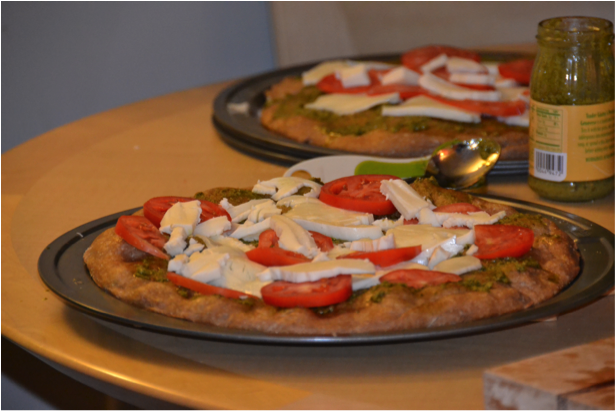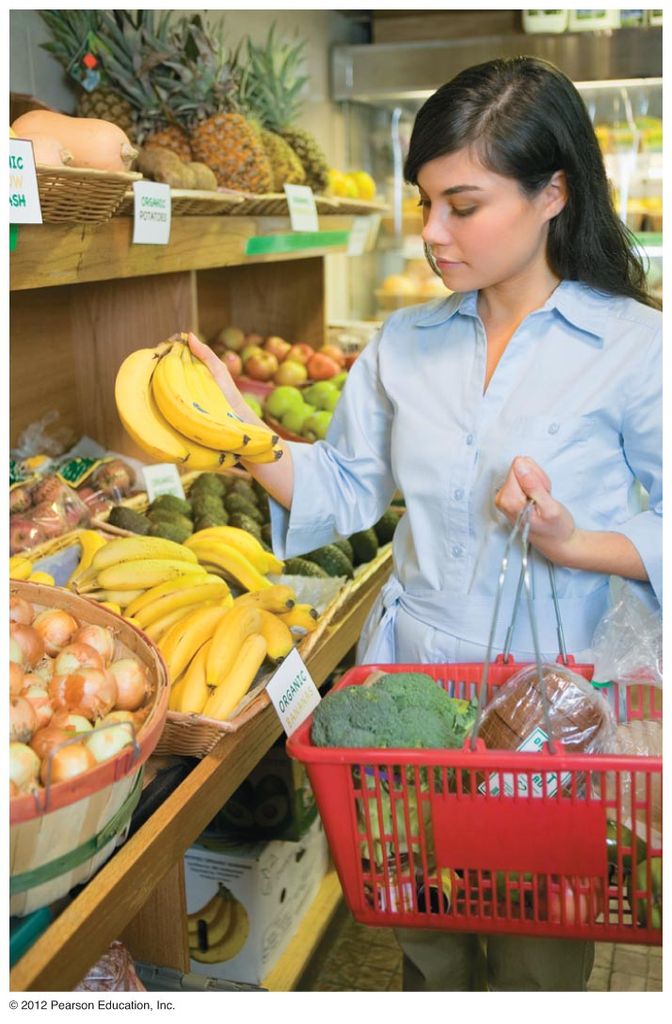By Kelli Swensen, Dietetics Student, Sargent College
Last week we introduced you to a wonderful resource for all things food and health related: the Center for Science in the Public Interest. The CSPI’s website is a treasure trove of resources and one of their gems is Chemical Cuisine, which is also now an app.
 Image Source
Image Source
If you’ve ever read an ingredient list on the back of one of your favorite foods, chances are there were a few ingredients that you
a) had never heard of
b) had heard of but don’t know exactly what it is
c) had heard of and had heard that it may be dangerous to your health.
For times like these, Chemical Cuisine is your go-to source. Essentially an encyclopedia of food additives, the site has a quick summary of all additives categorizing them by safety as well as in-depth explanations of each additive including chemical makeup, why it is typically added, and evidence for its safety label.
The safety labels are broken down into the following categories: Safe, Cut Back, Avoid, Caution, and Certain People Should Avoid. Each label is backed by scientific research and is continually updated as we learn more about each additive. Examples of additives that you will find in each category are below, but be sure to check out the complete list.
Safe: citric acid, gelatin, inulin, and sucralose
Cut Back: dextrose, corn syrup, high fructose corn syrup, sorbitol, and salt
Caution: Artificial colorings (Blue 1, Red 40, and Citrus Red 2)
Certain People Avoid: Benzoic Acid, Caffeine, Casein, Gums (Xanthan, Arabic, etc), and MSG
Avoid: Artificial colorings (Blue 2, Green 3, Orange B, Red 3, Yellow 5, Yellow 6), Aspartame, Caramel Coloring, Partially Hydrogenated Vegetable Oil, and Sodium Nitrate
When I first found this site I ended up spending close to a half hour going through additives that I know I consume on a regular basis. Thankfully, many of them are on the safe or cut back lists, but there were a few on the avoid list, in particular caramel coloring. Found in soft drinks, beer, soy sauce, Worcestershire sauce, some baked goods, and chocolate-flavored products, caramel coloring is an addiive that is widely consumed by the American people. So what about this coloring puts it on the avoid list? For the full scientific explanation head on over to the article, but to summarize, the molecular makeup of the coloring has been found to be “possibly carcinogenic to humans” and in California any products containing a certain level of the carcinogenic compound found in the coloring must carry a warning label. Additionally, many products that contain caramel coloring tend to be high in sugar, which can lead to obesity and tooth decay.
Before your next trip to the store, be sure to read up on food additives so that you can make healthy and informed choices.























 Dirty Dozen is a very simple app. If you’ve been wondering which produce you should buy organic then look no further. It provides two lists - the “Dirty Dozen” and the “Clean 15”. The dirty dozen are foods that have the highest amounts of pesticide residue. Therefore, if you are concerned about eating pesticides then you should purchase these foods in their organically grown varieties. The Clean 15 list is 15 foods that have very low levels of pesticides even when conventionally grown. So again, if pesticides are a concern for you, conventionally grown varieties of these fruits and vegetables can be purchased without concern for pesticides. This app is useful if you want to purchase organic produce but your grocery budget doesn’t allow you to buy everything organic. For more information about organic foods and whether pesticides are even a concern for your health read this article from
Dirty Dozen is a very simple app. If you’ve been wondering which produce you should buy organic then look no further. It provides two lists - the “Dirty Dozen” and the “Clean 15”. The dirty dozen are foods that have the highest amounts of pesticide residue. Therefore, if you are concerned about eating pesticides then you should purchase these foods in their organically grown varieties. The Clean 15 list is 15 foods that have very low levels of pesticides even when conventionally grown. So again, if pesticides are a concern for you, conventionally grown varieties of these fruits and vegetables can be purchased without concern for pesticides. This app is useful if you want to purchase organic produce but your grocery budget doesn’t allow you to buy everything organic. For more information about organic foods and whether pesticides are even a concern for your health read this article from 

